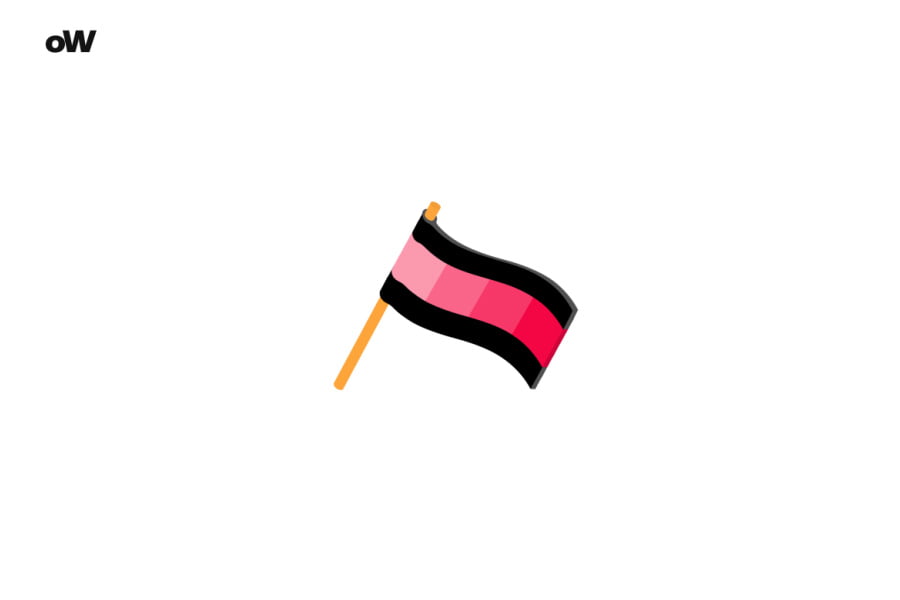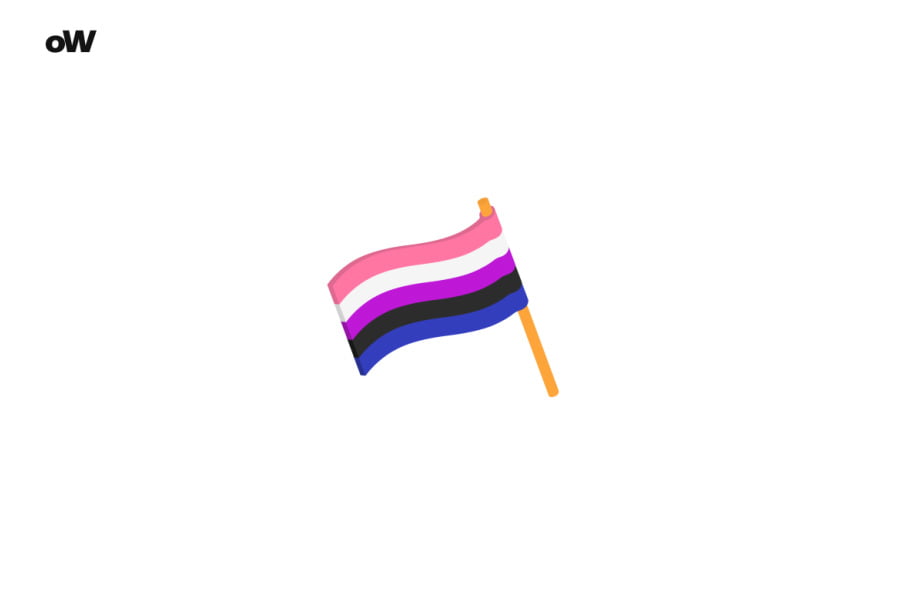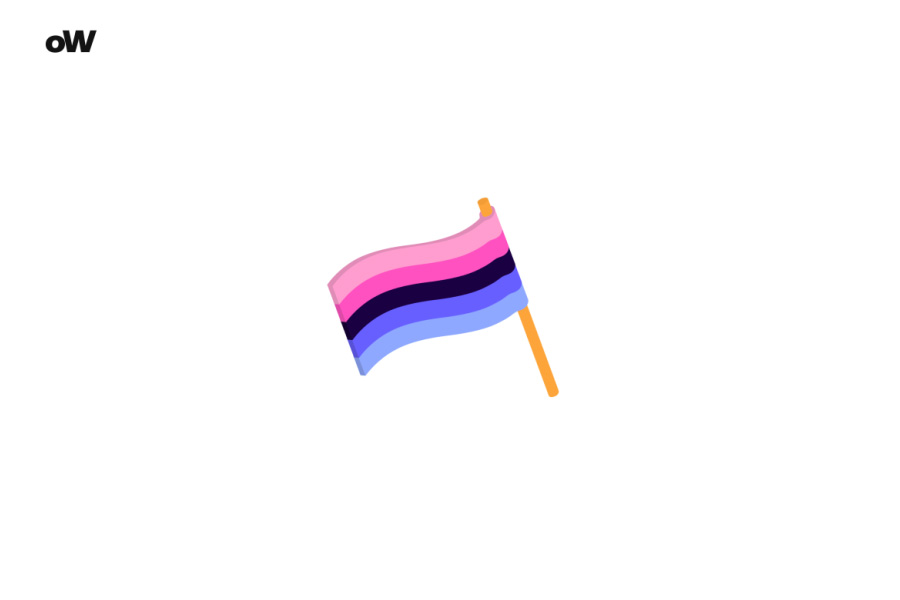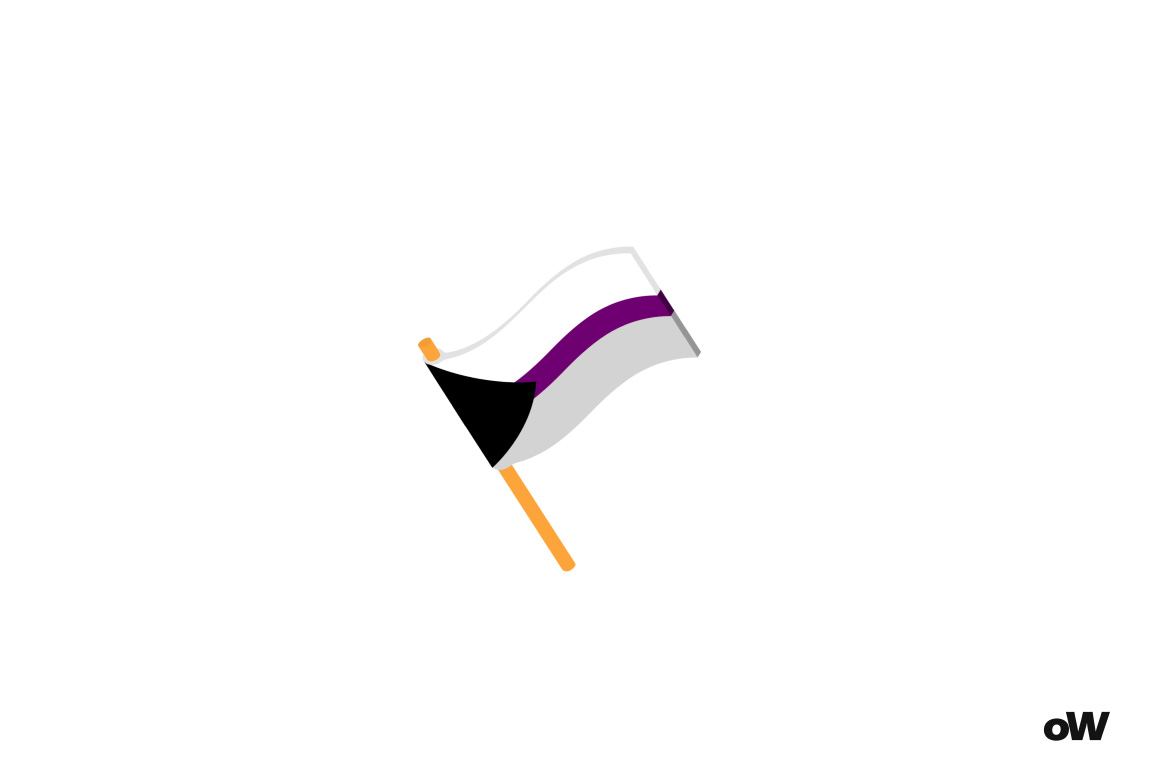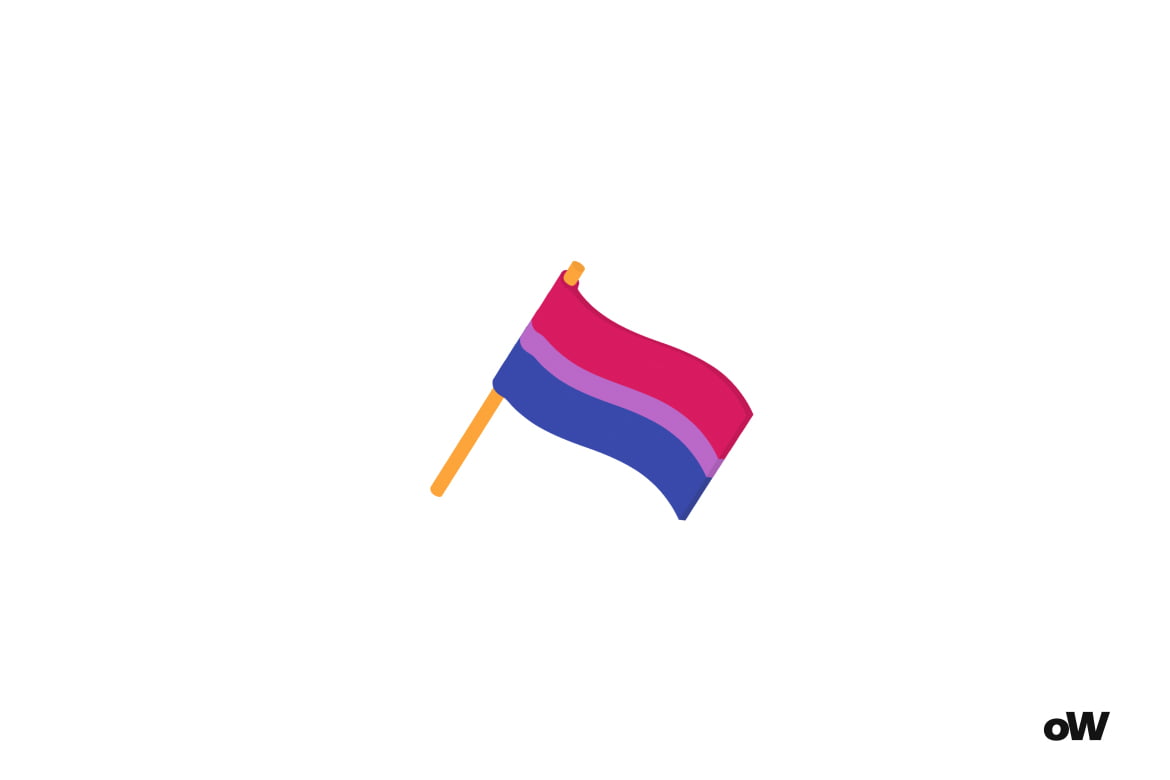Quiz: What Are My Pronouns?
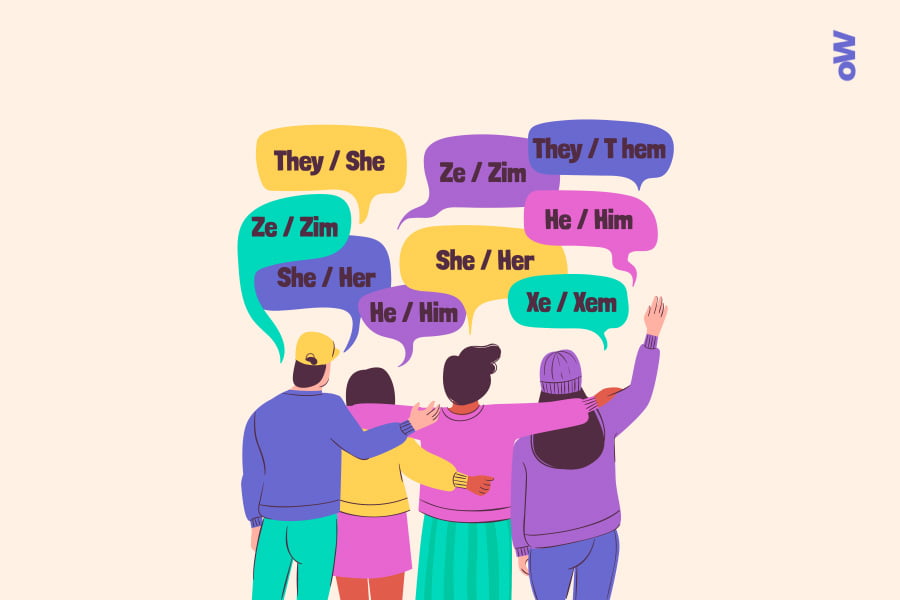
In today’s society, where pluralism is the norm and inclusivity is no mere buzzword, the question of pronoun choice becomes increasingly pressing. For it is these small linguistic units that shape one facet of our identity. By uttering “he,” “she,” or “they,” we proclaim our individuality, our worldview. And the “What Are My Pronouns?” quiz is designed to help you find those pronouns that resonate with your soul.
Description of the Quiz
This quiz consists of a series of questions developed by professional psychologists and gender studies experts. It is based on techniques aimed at activating the subconscious processes and associations related to the perception of one’s identity.
The questions touch upon various aspects of self-perception, such as gender identity, sexual orientation, ideas about masculinity/femininity, and much more. The answers are analyzed using a special algorithm that reveals patterns and tendencies in a person’s preferences.
Based on the test results, a set of pronouns that most accurately reflect the respondent’s identity is suggested. These can be traditional pronouns (he/she), gender-neutral (they/it), or neopronouns (ze/zir, etc.)

The Birth of the Non-Binary Pronoun Movement
In the mid-20th century, LGBT activists began raising the issue of expanding the binary understanding of gender. In the 1970s, some writers and thinkers openly spoke about the need to create gender-neutral pronouns to overcome the limitations of the patriarchal system.
In the following years, various attempts were made to introduce non-binary pronouns, such as “ze/zir,” “ey/em,” and others. Although initially perceived ambiguously, these pronouns gradually gained wider acceptance within LGBTQ+ circles.
Modern Usage and Recognition
In 2015, the Merriam-Webster dictionary recognized the word “they” as a gender-neutral singular pronoun. This was an important step toward linguistic inclusivity and recognition of non-binary identities.
Today, pronouns like “they/them,” “ze/zir,” and others are widely used by transgender, non-binary, and gender non-conforming people. Major companies and organizations, such as Apple, the U.S. Federal Aviation Administration, and others, have implemented policies respecting employees’ preferred personal pronouns.
However, understanding and acceptance of non-binary pronouns is still uneven across different cultures and communities. Quizzes and awareness initiatives play an important role in normalizing this issue.
List of the Most Common Pronouns
Let’s take a closer look at the list of the most common pronouns.
- He/him: traditional for men
- She/her: traditional for women
- They/them: gender-neutral, singular
- It/its: gender-neutral
- Ze/zir: a neopronoun used by some non-binary people
- Ve/vir: a neopronoun, a variation of ze/zir
- Ey/em: a neopronoun, a variation of they/them with the “th” dropped
- Xe/xem: a neopronoun
- Fae/faer: a neopronoun related to the mythical creature fae
This list is far from complete, as more and more variations of gender-neutral and non-binary pronouns are appearing in languages.
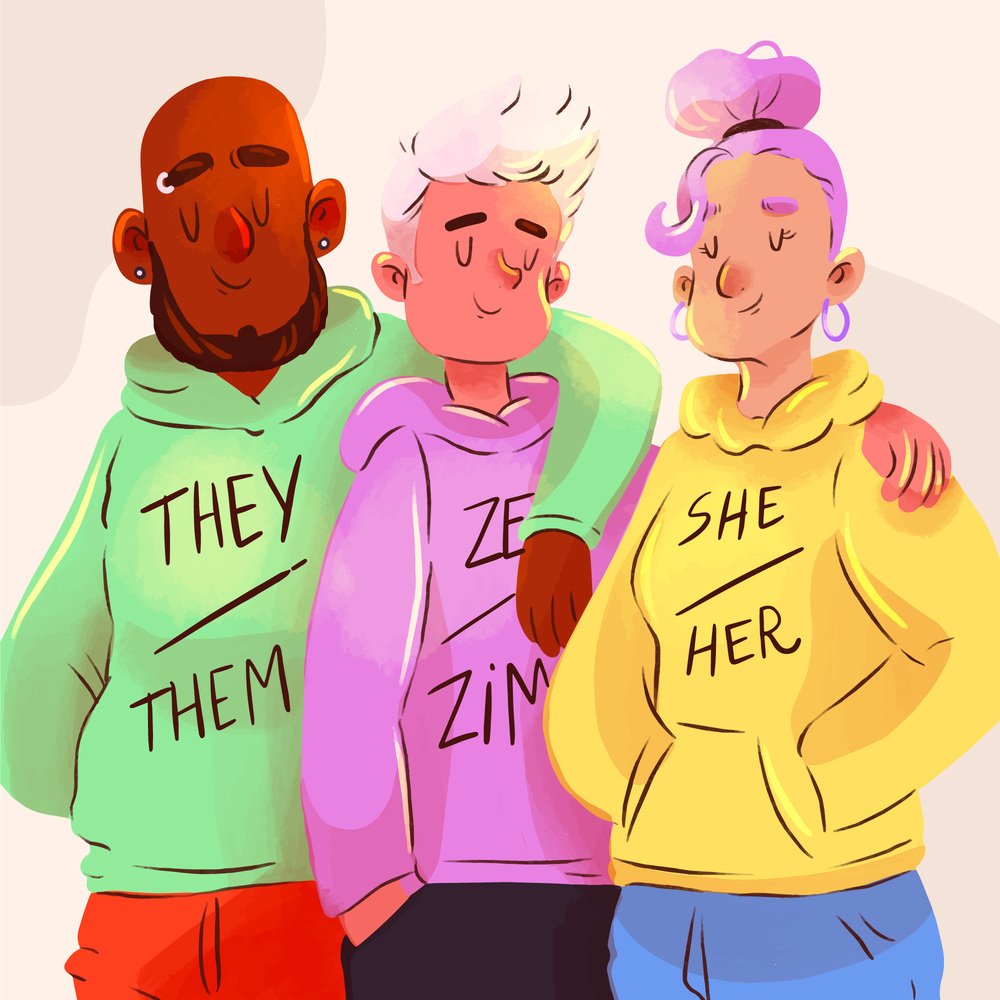
The Importance of Self-Identification
Choosing suitable pronouns is part of a broader process of self-identification. It’s a journey toward accepting and understanding one’s true nature and identity.
Often, we absorb certain ideas about ourselves from our environment – family, friends, media, cultural norms. However, as we mature, a dissonance may arise between the imposed identity and our own feelings.
The process of self-identification allows us to re-examine old beliefs and look at ourselves in a new way. This can involve uncovering new aspects of our personality, shedding outdated labels, and gaining a deeper self-understanding.
However, this path is not without obstacles – both internal (confusion, fear, internalized homophobia, etc.) and external (societal stereotypes, intolerance, discrimination).
How to Use Pronouns Correctly
After taking the quiz and determining your preferred pronouns, the next step is to use them correctly in everyday life.
To start, you can inform your close ones about your pronouns and ask them to use them when addressing you. You may need to repeat and correct them a few times until it becomes a habit. It’s important to be patient and understanding – change takes time.
When meeting new people, you can introduce yourself along with your pronouns. For example: “Hi, I’m Alex, and my pronouns are they/them.” This will help avoid problems with incorrect addressing.
In writing, especially in business correspondence or when filling out forms, it is also recommended to indicate your pronouns. Many organizations now include a corresponding field in applications and other documents.
If you accidentally use the wrong pronoun for someone, the best way is to calmly apologize and correct yourself. Most people will understand an honest mistake.
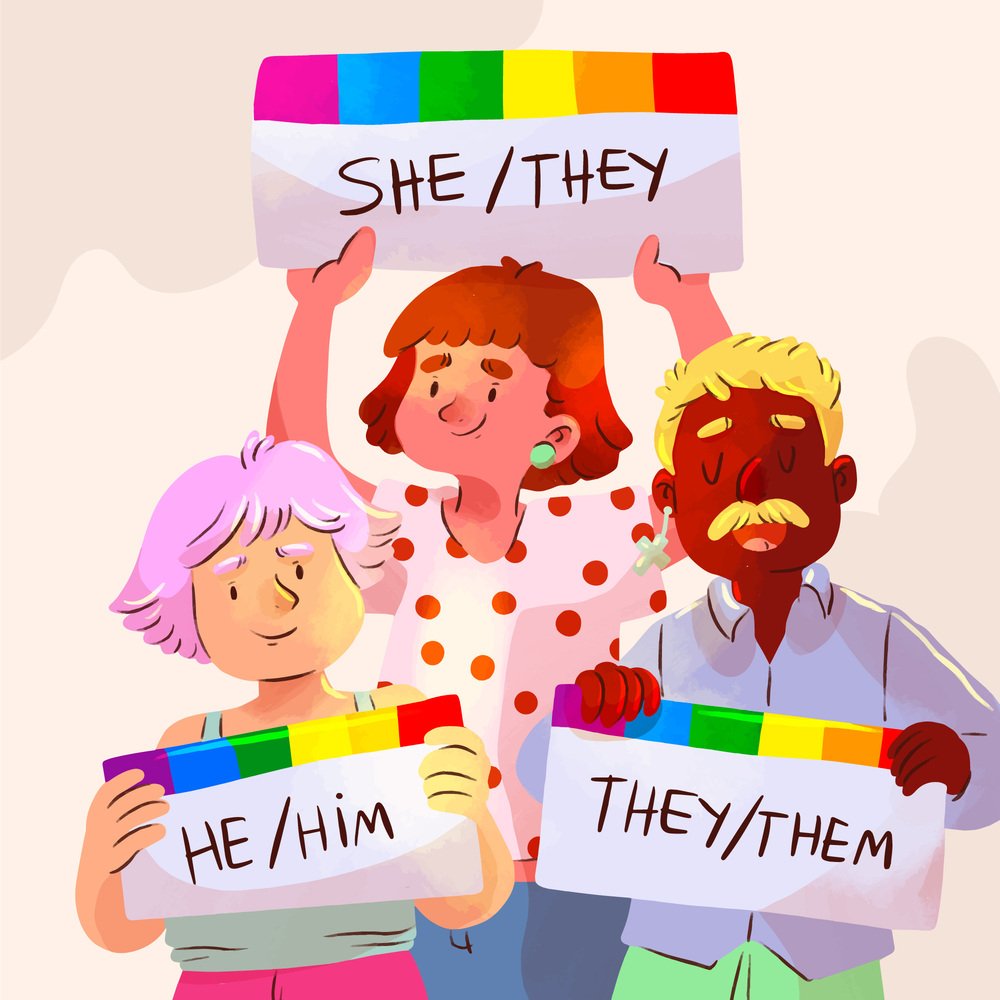
Conclusions
Choosing the right pronouns has profound significance for shaping identity and self-acceptance. The “What Are My Pronouns?” quiz offers a safe and thoughtful path to realizing your preferences.
The process of self-identification is not easy, but it is an incredibly valuable journey toward truly understanding oneself. By choosing pronouns that best reflect our individuality, we can live in harmony with ourselves and expect the same respect from others.
At the same time, it’s important to remember that pronouns are just a part of the complex structure of human personality and identity. The main thing is to be honest with yourself and open to self-development.
How to Play?
Click the "Start Quiz" button and answer each quiz question honestly. There are no right or wrong answers. You may encounter multiple-choice questions or statements to rate on a scale of agreement. Once you finish the quiz, you'll receive results that provide insight into your personality traits, including strengths and weaknesses. Use this information to increase self-awareness and make positive changes.
How many questions does this quiz have?
15 Questions
How long does it take to complete this quiz?
6 Minutes
Questions Overview
- Romance
- Sci-Fi
- Mystery
- Non-fiction
- The radiant Sun
- The enchanting Moon
- The mysterious Black Hole
- The unconventional Comet
- I love them
- They keep life interesting
- They can be a bit overwhelming
- I prefer to plan and anticipate
- Violin, smooth and melodious
- Electric guitar, bold and assertive
- Piano, versatile and balanced
- Synthesizer, unique and futuristic
- Water, flowing and adaptable
- Fire, passionate and dynamic
- Earth, nurturing and stable
- Air, free and ever-changing
- A romantic landscape
- An abstract expression of emotions
- A realistic still life
- A dreamy surreal image
- Unicorn, elegant and magical
- Dragon, mighty and fierce
- Phoenix, enigmatic and regenerating
- Griffin, unique and majestic
- Poetry, expressing your thoughts and feelings
- Sports, demonstrating your strength and strategy
- Philosophy, pondering life's mysteries
- Futurism, imagining the world of tomorrow
- The charming protagonist
- The daring action hero
- The wise guide
- The unpredictable wildcard
- Creamy cheesecake
- Bold dark chocolate
- A mix of fruit and cheese
- Unconventional matcha-flavored desserts
- Paris, the city of love
- The Grand Canyon, full of rugged beauty
- The Aurora Borealis, a spectacle of mystery
- Tokyo, a blend of tradition and futurism
- Rose, traditional and admired
- Cactus, resilient and independent
- Bamboo, versatile and ever-growing
- Venus flytrap, unique and intriguing
- Empathy and understanding
- Loyalty and protection
- Diversity and balance
- Innovation and uniqueness
- "Love all, trust a few, do wrong to none." - William Shakespeare
- "Courage is not the absence of fear, but the triumph over it." - Nelson Mandela
- "I took the one less traveled by, And that has made all the difference." - Robert Frost
- "You must be the change you wish to see in the world." - Mahatma Gandhi
- Spring, full of new beginnings
- Summer, vibrant and energetic
- Autumn, cool and contemplative
- Winter, serene and introspective
